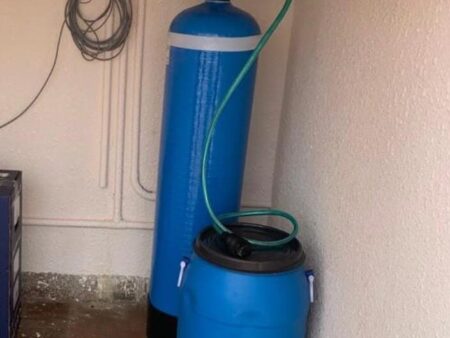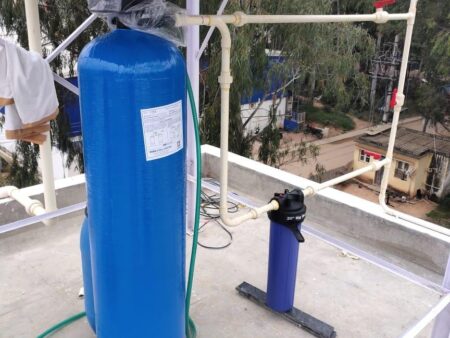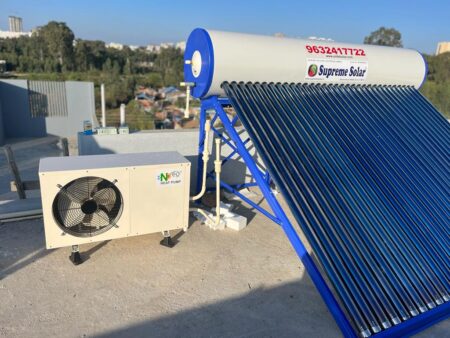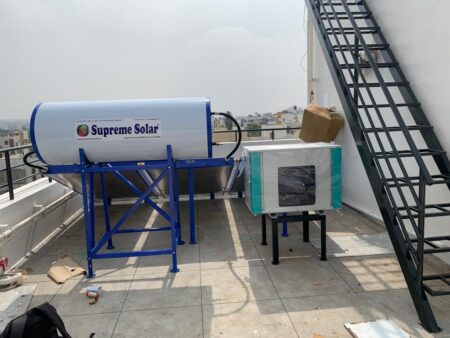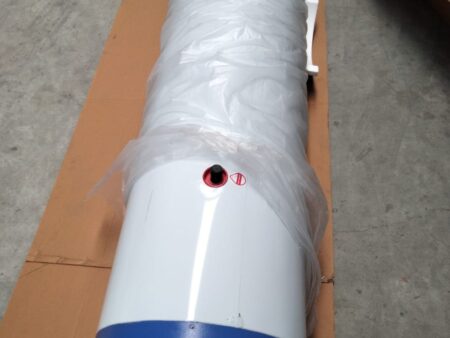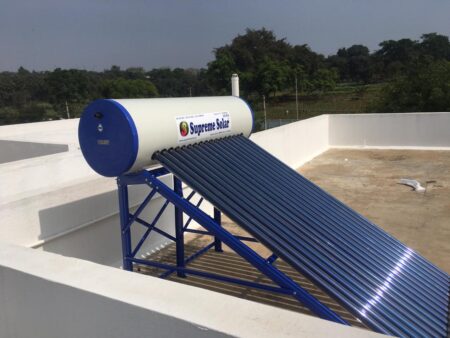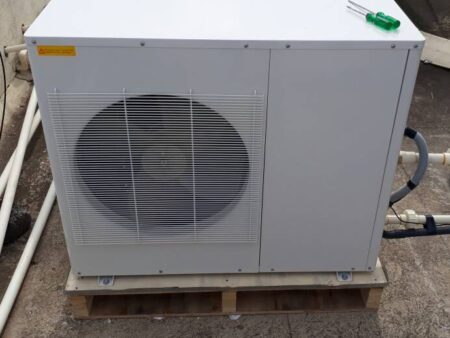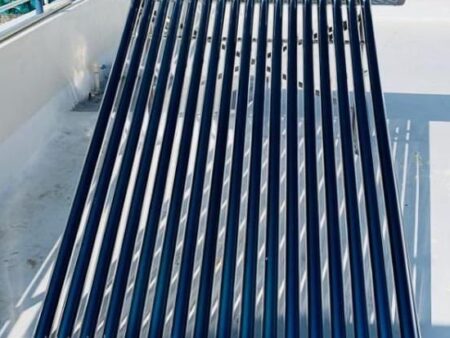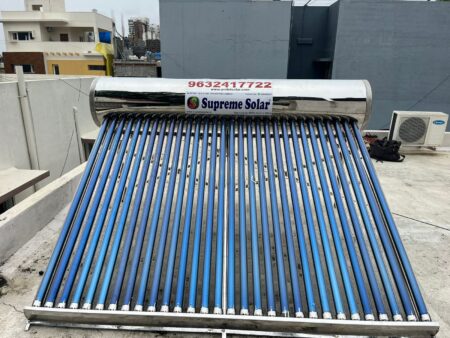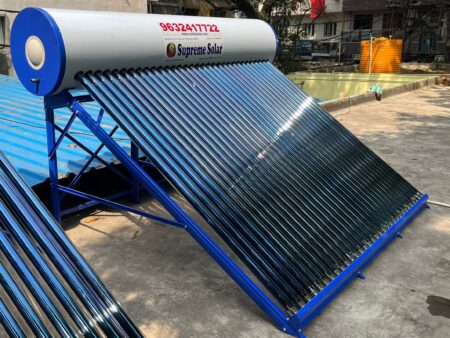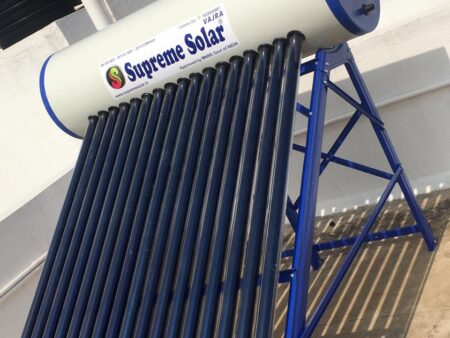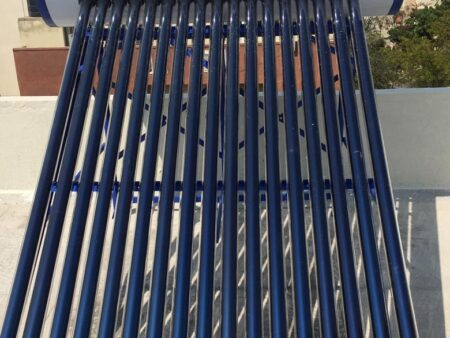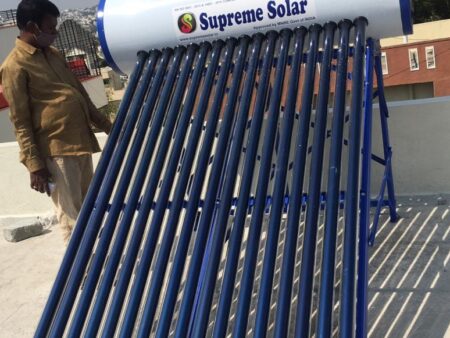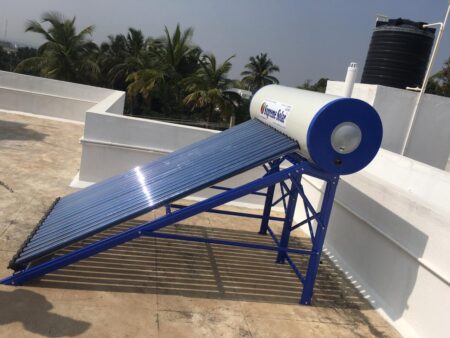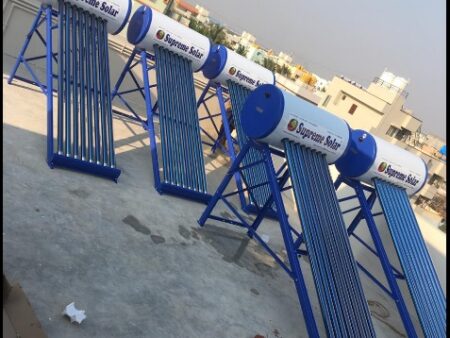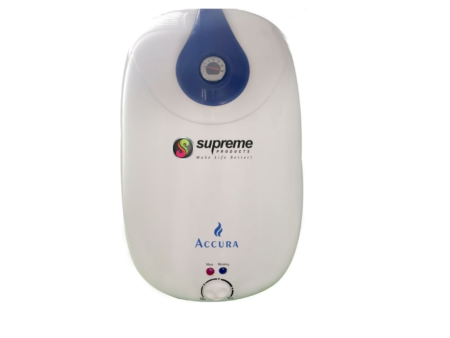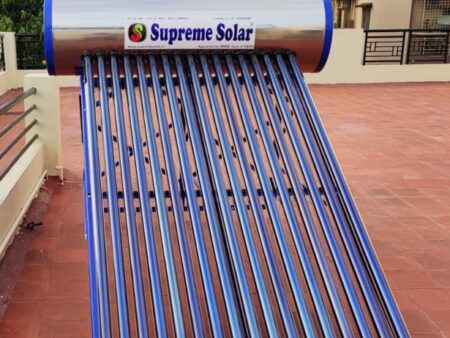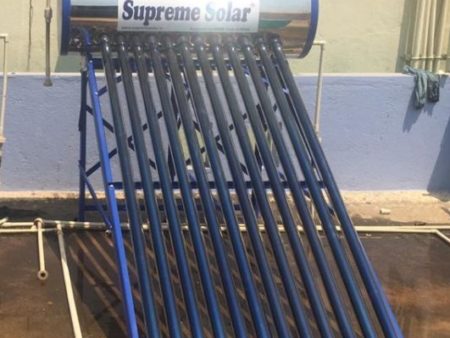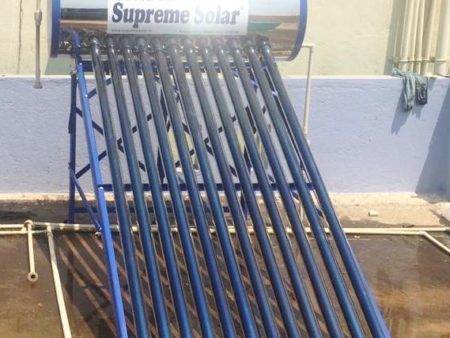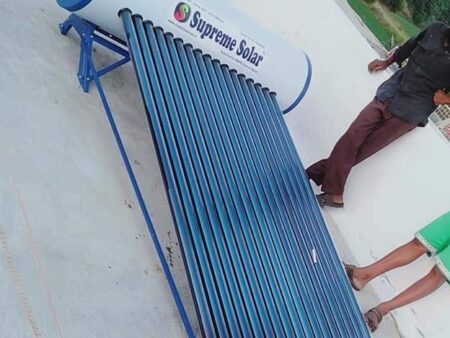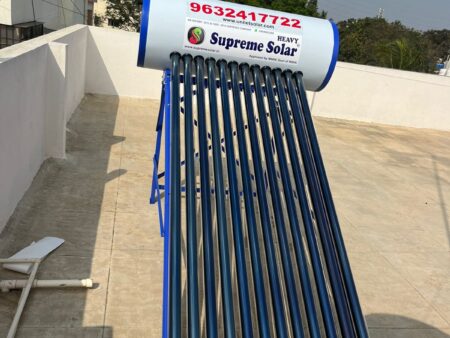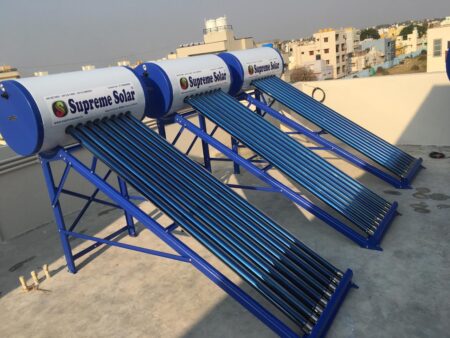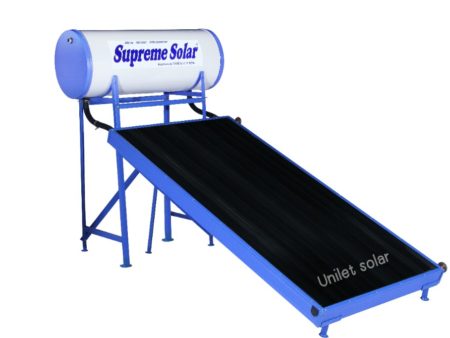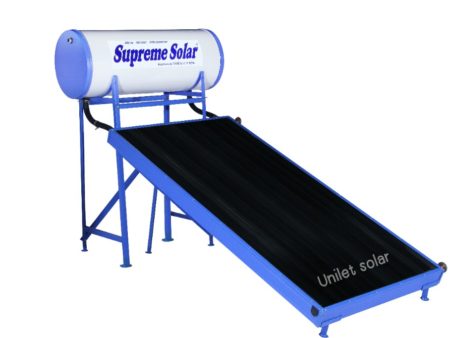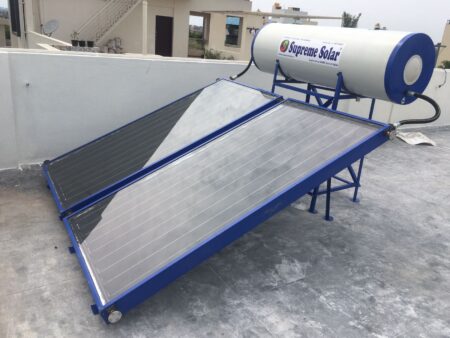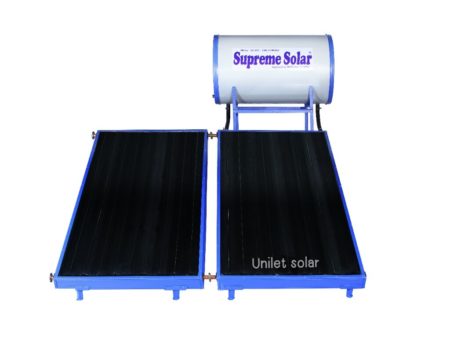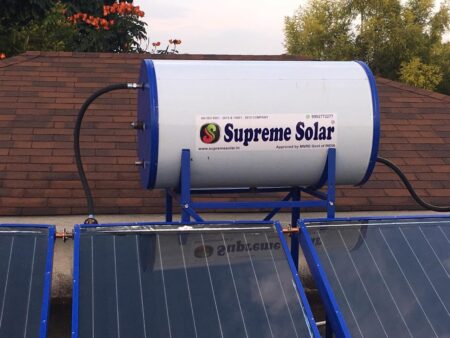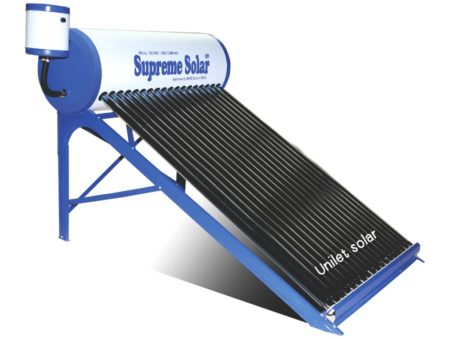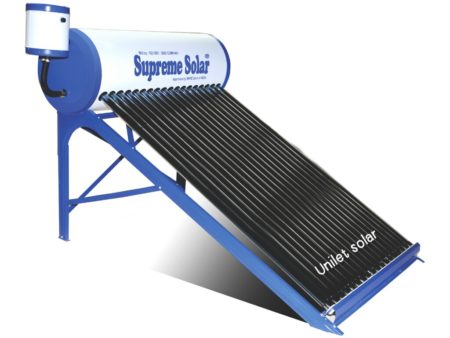water softener
Water Softener
A water softener performs as an invaluable ally in combatting the issues brought about by hard water. By effectively reducing the concentration of calcium, magnesium, and other hard water ions, it ensures a more favorable water quality. Incorporating a water softener in your routine contributes to preventing scale accumulation, optimizing soap effectiveness, and promoting the overall efficiency and longevity of water systems and appliances. Careful considerations regarding sodium content address additional concerns, making potassium chloride a viable alternative. With a water softener, embrace the transformation to pristine, high-quality water.
A water softener serves as a remarkable device engineered to diminish the concentration of calcium, magnesium, and other hard water ions. Hard water possesses significant mineral levels, which can trigger several predicaments like scale deposits in pipelines and appliances, weakened efficiency of soap, and escalated energy usage in water heaters. Employing a process called ion exchange, water softeners effectively eliminate or replace these minerals with sodium or potassium ions. Let’s delve into understanding the inner workings of a typical water softener.
Ion Exchange: The Backbone of Water Softeners
At the core of a water softener lies a resin tank filled with specialized beads. These beads securely hold sodium or potassium ions. As hard water flows through the resin tank, the calcium and magnesium ions within the water are irresistibly drawn towards the resin beads. In this exchange process, the resin beads relinquish the sodium or potassium ions, accommodating the incoming calcium and magnesium ones.
Regeneration: Restoring Optimal Performance
Over time, the resin beads become saturated with an accumulation of calcium and magnesium ions, necessitating the water softener’s regeneration. During this crucial stage, a concentrated saltwater solution known as a brine solution is meticulously flushed through the resin tank. The high concentration of sodium or potassium in the brine displaces the calcium and magnesium ions from the resin beads. Subsequently, these undesired minerals are effectively eliminated as waste.
Headline 3: Rinse Cycle: Achieving Impeccable Results
Following the regeneration process, the resin tank undergoes a thorough rinse to eliminate any residual brine solution and flushed-out minerals. This final step ensures the delivery of softened water that is significantly more compatible with soap, effectively curbing scale buildup in plumbing systems and appliances. The advantages extend further, contributing to the general efficiency and longevity of plumbing mechanisms and water-utilizing appliances.
While the merits of water softeners in addressing hard water-related concerns are undeniable, it is crucial to highlight considerations regarding sodium content. Particularly for individuals adhering to low-sodium diets, the increased sodium content in softened water may raise concerns. In such cases, employing potassium chloride as an alternative to sodium chloride (common table salt) within the water softener can prove beneficial. Moreover, it is important to note that specific health conditions or salt-restricted diets may render water softeners unsuitable for certain individuals.
Showing all 2 results
-
100 LPH Water Softener Manual
₹35,000.00 -
100 LPH Automatic Water Softener
₹42,000.00

